- A dark-matter experiment in an underground Italian lab may have discovered a new particle called the solar axion.
- If that’s indeed what was detected, it would be the first direct evidence of a particle that shouldn’t exist according to the known laws of physics.
- Alternatively, the data could also reveal new and surprising qualities of mysterious particles called neutrinos.
- Larger, more sensitive experiments in the next year will help scientists figure out whether they have indeed discovered a new particle.
- Visit Business Insider’s homepage for more stories.
An underground vat of liquid xenon in Italy may have just detected a new particle, born in the heart of the sun.
If that’s indeed what happened, it could upend laws of physics that have held fast for roughly 50 years.
Researchers created the underground vat to search for dark matter, the elusive stuff that makes up 85% of all matter in the universe. Scientists know dark matter exists because they can measure the way its gravity affects faraway galaxies, but they’ve never detected it directly before.
That’s why an international group of researchers built the experiment at Italy’s Gran Sasso National Laboratory. The vat is filled with 3.2 metric tons of liquid xenon, and those atoms interact with tiny particles when they collide. Each interaction, or “event,” produces a flash of light and sheds electrons.
In theory, this experiment is sensitive enough to detect interactions with particles of dark matter.

In the latest version of the experiment, researchers expected the machine to detect 232 events within a year, based on known particles. But instead, it detected 285 events - 53 more than predicted.
What's more, the amount of energy released in those extra events corresponded with the predicted energies of a yet-undiscovered particle called the solar axion: a type of particle that physicists have hypothesized exists but never observed.
"The hypothetical particle that could potentially explain the XENON data is one that is much too heavy to be dark matter, but could be created by the sun," Sean Carroll, a physicist at the California Institute of Technology who is not affiliated with XENON, told Business Insider. "If that were true it would be hugely important - it would be a Nobel Prize-winning finding."
However, it's also possible the interactions were anomalies, which pop up all the time in highly sensitive physics experiments like XENON.
A new particle forged in the heart of the sun
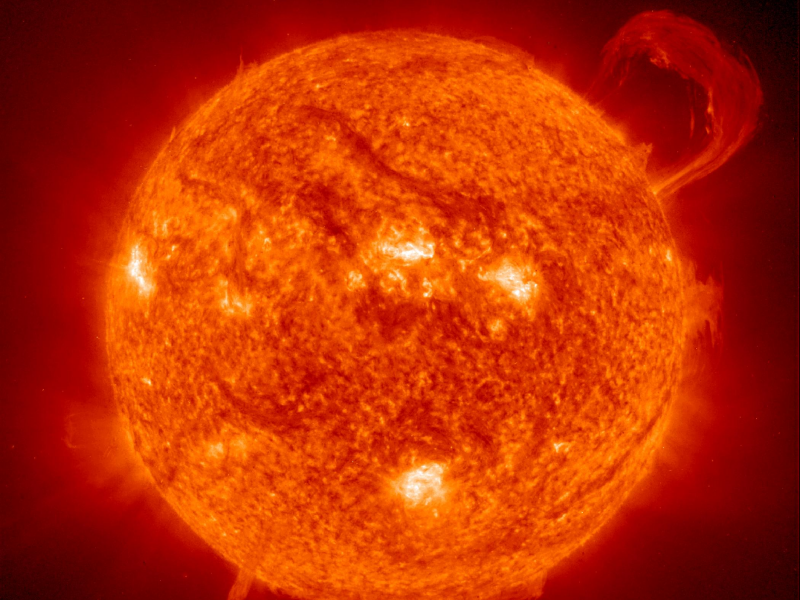
Particle physicists study the smallest, most fundamental components of the universe: elementary particles like quarks and gluons, along with forces like gravity and electromagnetism.
"Particle physics is an important part of modern physics, but it's also been stuck for a long while. The last truly surprising discovery in particle physics was in the 1970s," Carroll said.
That's when what's known as the Standard Model was established - a set of all the rules known to particle physics, which describe all the particles scientists have detected and how they interact with each other.
"With it we can essentially explain every single thing we see in a particle physics laboratory," Aaron Manalaysay, a dark-matter physicist at Lawrence Berkeley National Laboratory who is unaffiliated with XENON, told Business Insider. "It's probably the most accurate scientific model in history. But we also have good reason to think that it's not the most fundamental model of nature that exists."
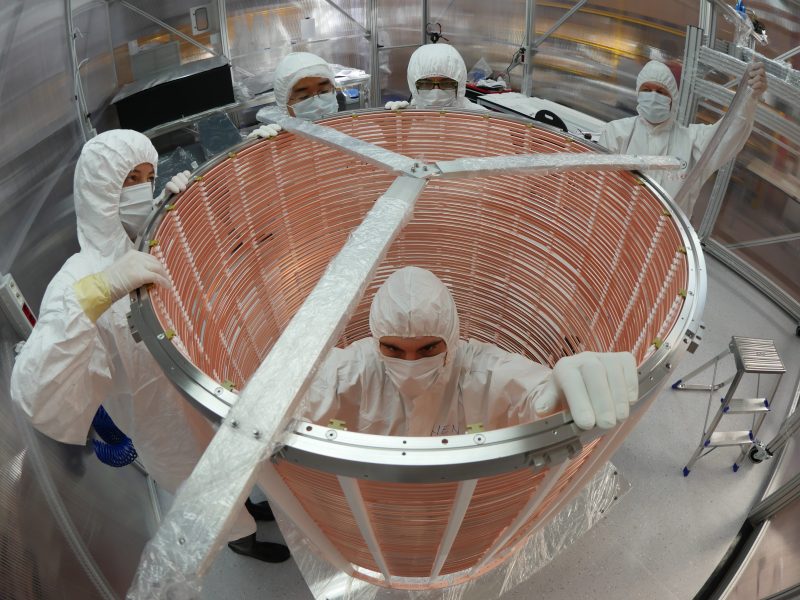
Physicists have hints that the model doesn't fully capture the way our universe behaves - their indirect observations of dark matter are among those hints. But they have yet to directly detect a particle that lies beyond the Standard Model.
That's why it would be a big deal if XENON really has found a solar axion.
"That would be the first concrete discovery of something beyond the Standard Model," Manalaysay said. "That's kind of the holy grail right now of particle physics."
Carroll agreed - but he added that the unprecedented nature of the potential discovery "is one of the reasons we think it's probably not there."
In other words, without further evidence, nobody is celebrating yet.
For now, several other theories could also explain the extra events XENON researchers saw.
Misbehaving neutrinos could point to a 'new physics'
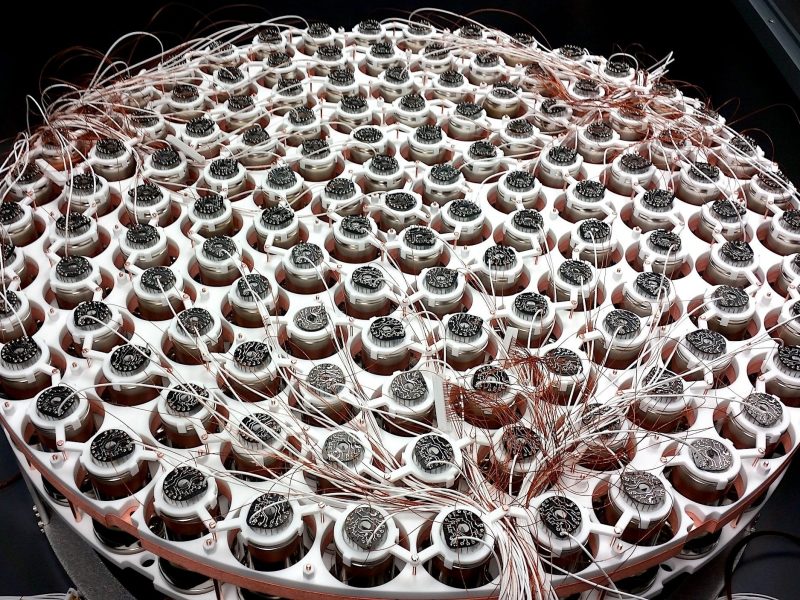
Another possible explanation for XENON's 53 extra events is that neutrinos - a subatomic particle with no electrical charge - could have driven the interactions.
That would also defy the known laws of physics, though, since it would mean that neutrinos have a magnetic field much larger than what the Standard Model predicts.
"That could point potentially to new physics beyond the Standard Model," Manalaysay said.
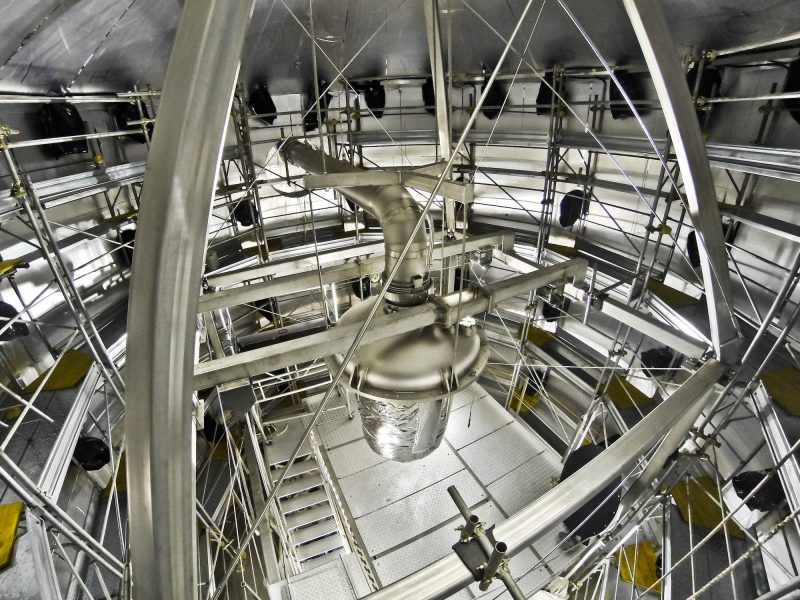
It wouldn't be the first time neutrinos have broken the rules. According to the Standard Model, neutrinos shouldn't have mass - yet they do. The discovery that they have a sizeable magnetic field would be yet another clue that something is missing from the model.
"Neutrinos are really strange beasts and we don't really understand them," Manalaysay said.
Larger, more sensitive dark matter experiments are coming
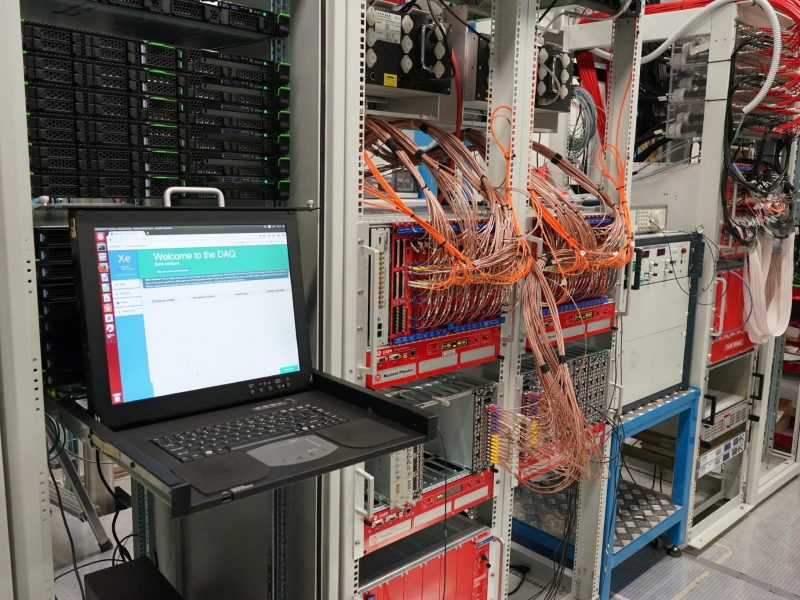
It's also possible that XENON's extra events didn't happen at all - though that's unlikely. The researchers calculated a chance of 2 in 10,000 that the detected events were due to random fluctuation.
However, the signals might have come from other mundane particle interactions, making their explanation far less interesting than axions or neutrinos. The extra events could have come from tiny amounts of tridium, a radioactive isotope of hydrogen, decaying inside the vat. Argon isotopes would produce a similar effect, according to Manalaysay.
"It wouldn't take much. It would just take a few atoms," he said, adding that a number of other things unknown to the researchers could also be responsible for the excess interactions.
"We've gone down this road before, where there's a little bit of an anomaly that you aren't expecting ... and then it goes away. So this is clearly a place where you need to do a better experiment, and they're planning to do exactly that," Carroll said.

A new generation of XENON-like experiments, currently in the works in the US and Europe, should help researchers study these extra events and determine which particles are causing them. That's because the new experiments will be larger and significantly more sensitive.
"If this is real, we will absolutely see it in our next generation of experiments," Manalaysay said. He has worked with one such effort, called the Large Underground Xenon dark matter experiment (LUX). "It's like you're going into a quieter and quieter room ... You start hearing new things you couldn't hear in a louder room."
Whereas XENON picked up 53 unexplained events, the successor to LUX -called LUX-ZEPLIN - could detect 800, according to Manalaysay. Despite delays caused by the coronavirus, he added, new experiments will likely be running and returning results "within the next year."
"It's like a teaser," he said. "The season's finale ends on a cliff-hanger, and you've got to wait until the next season."










